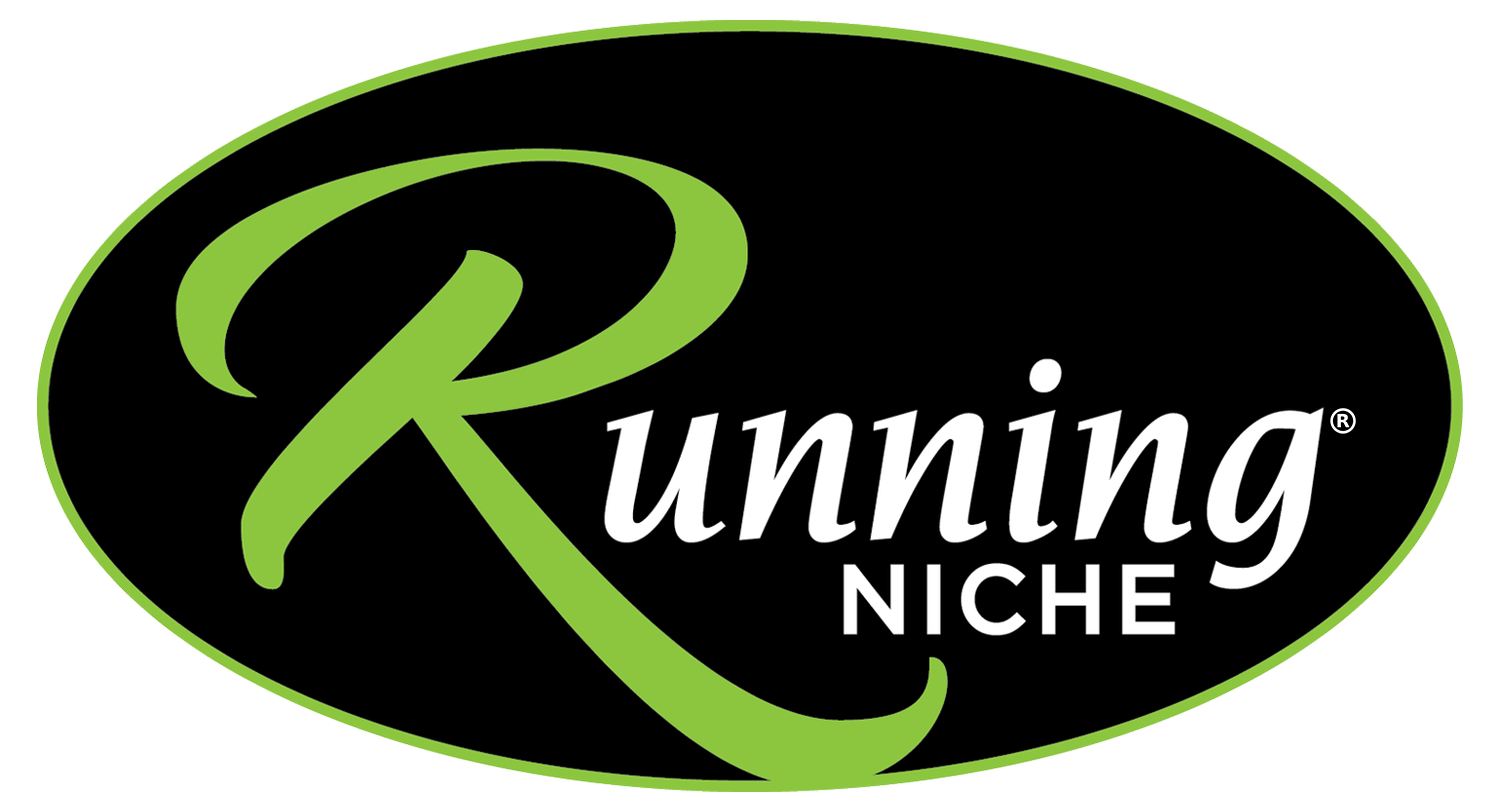Shoe Rotation is an Important Part of Good Training
During our daily running shoe fittings, we often get the question; “Is it better to rotate shoes, or have more than one pair of running shoes?” The answer is yes particularly for 4+ days a week runner. Following are some thoughts from Jen and Bob at Running Niche about the benefits and how to approach selecting a rotation.
During our daily running shoe fittings, we often get the question; “Is it better to rotate shoes, or have more than one pair of running shoes?”
The answer is yes particularly for 4+ days a week runner. Following are some thoughts from Jen and Bob at Running Niche about the benefits and how to approach selecting a rotation.
What’s The Benefit?
Wearing the same shoe for all your running can lead to overuse injuries. The same shoe creates the same strike and muscle fiber patterns over and over, step after step. This leads to fatigue and ultimately fiber breakdown. By rotating different shoes, the strike patterns change in a mild way and in turn fire muscles and tendons differently, reducing overuse and possible injury.
How To Approach a Rotation?
There are several pieces to this as there are different types of training needs. We think about it in this way:
Long Run: These are for those long aerobic runs.
Daily Trainers: These are for those aerobic runs and recovery days.
Harder Effort: For those workouts of a higher intensity such as a Tempo run.
Racing: Obviously for race day or select very high intensity workouts.
| Type | Long Run | Daily Trainer | Tempo | Racing |
|---|---|---|---|---|
| Beginning |
High or Medium Cushion | Medium Cushion | Lightweight | Lightweight |
| Experienced | High or Medium Cushion | Medium Cushion | Lightweight | Lightweight/Nylon Plate |
| Elite | High Cushion | Medium Cushion | Lightweight Nylon/Plate | Posible Carbon Plate |
Let’s take long run and daily trainers first. Once you know if your foot plant is neutral or requires some level of stability it is a matter of trying several different models from within a brand or across brands. Out of these brands one may be better for you based on your foot shape, arch type, and strike. As an example: Brooks Ghost 15 is a workhorse neutral daily trainer. Its higher cushion counterpart is the Glycerin, which contains an entirely different foam. These two would make a fine rotation as they fit somewhat alike but due to different foams cause a slightly different foot strike. Another option would be a Ghost along with a New Balance 880. Again, two totally different foams with mild fit differences. Another way to go within Asics is the Cumulus along with the Nimbus, medium cushioning vs. max cushioning. Similar fits but different foams. One is firmer and the other softer. These are just examples to show how to mix it up and drive different muscle fiber firing.
For harder effort workouts such as a tempo run, its important to move a bit lighter but ensure proper cushion and responsiveness. Good examples of this type of shoe are the Saucony Endorphin Speed which contains a PEBAX foam along with a flexible nylon. plate. Other good options are Brooks Hyperion Max, New Balance FuelCell Rebel or Hoka Mach. Each of these fits differently and have unique foams, but the commonality is that they are all quite light.
Racing shoes are just that, they should be reserved for those special days or key workouts. These are not daily training shoes. Entering consideration as well is carbon plate tech. There are wonderful racing shoes available these days and in many cases the tempo shoes we described above will be the best racing shoe for most runners. For some runners carbon tech can provide benefit, but consideration must be given to the speed the athlete races at and their biomechanics. In general, if one can run a marathon at sub 3:30 and has efficient biomechanics more than likely there can be a performance benefit. While still relatively new, research is starting to come out about the effect carbon shoes are having on certain runner populations. The stiff plate changes biomechanics, sometimes for the worse, causing metatarsal and navicular stress fractures. This is due to the impact stress being focused on these two areas with carbon plates. Second the high stack height and the soft responsive PEBAX foams can be too unstable for some leading to over pronation and too much stress on the knee joints. And, as I saw as Saturdays Frostbite races, severe over pronation. Painful to watch. Second, for some paces at 3:30 marathon plus, some studies are now indicating negligible or negative performance improvement. This can be attributed to the high stack heights and soft foams’ impact on biomechanics.
In short carbon racing shoes are special and for racing, don’t fall into the trap of wearing them as daily trainers. It can lead to injury, just as wearing the same training shoe for all your runs can. Just as with your training, carefully consider the proper shoe rotation to best fit your needs given your training level. And get properly fitted by a specialist.
